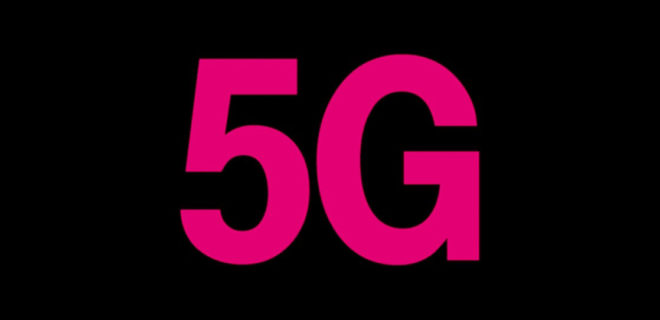T-Mobile gives update on 2.5GHz 5G coverage as it seeks another 600MHz lease

There’s been a lot of focus on 5G this week after Apple introduced the first iPhone models that support 5G networks, and now we’re getting a bit of an update on T-Mobile’s plans.
Speaking to CNBC following the reveal of the new iPhones, T-Mobile CEO Mike Sievert confirmed that T-Mobile’s 5G network now covers a total of 260 million people. When T-Mo previously shared a figure for its 5G coverage last month, the network reached 250 million people.
Sievert also revealed that T-Mobile’s 2.5GHz 5G covers 25 million people and that figure is expected to reach 100 million by the end of 2020. T-Mo recently expanded its 2.5GHz 5G to 121 new cities and towns and said that it’ll add thousands more by the end of this year.
Just laid out the REAL 5G iPhone story on @CNBC and that story is midband 5G.
Dedicated 5G midband is what’s going bring the #iPhone12 to life AND what’s going to transform how you use your phone over the next decade … and @TMobile is the only one that’s got it pic.twitter.com/pOc7GnVImp
— Mike Sievert (@MikeSievert) October 13, 2020
Switching over to 600MHz 5G, financial analysts from LightShed Partners report that T-Mobile is seeking FCC approval to lease 600MHz spectrum from Tstar following similar deals with Columbia Capital and Dish. It’s said to be a 3-year lease worth $300 million annually. T-Mo is looking to lease around 10MHz of 600MHz airwaves in 12 of the top 50 markets, including Phoenix, Sacramento, Las Vegas, San Antonio, and Indianapolis.
Those analysts suggest that the 600MHz leases that T-Mo has been signing are a “stop-gap measure” while it works to build out its 2.5GHz spectrum.
Meanwhile, analysts from The New Street say that they expect T-Mobile to acquire around 60MHz of C-band spectrum in the FCC’s upcoming auction in December, which could be around half of what Verizon picks up. Despite that, though, T-Mo can rely on its cache of around 220MHz of 2.5GHz spectrum, and the analysts don’t expect that AT&T and Verizon will be able to match that coverage with C-band spectrum that they get from the auction.
“While AT&T and Verizon will start to close the ‘fast 5G’ gap with T-Mobile in 18-36 months, the best they will ever do is close the gap, and even that will be hard,” the analysts said.
T-Mobile regularly said during the process of getting its merger with Sprint approved that the deal would help it to “supercharge” its 5G network, and so far that appears to be the case. While T-Mo launched nationwide 5G late last year before the merger was complete, that coverage uses low-band 600MHz which isn’t known for fast speeds that many consumers expect from 5G. Mid-band 2.5GHz is helping to bump T-Mo’s 5G speeds to an average of 300Mbps while still expanding coverage, and T-Mo’s got a lot of 2.5GHz thanks to the merger.
Sources: Light Reading, Mike Sievert (Twitter)
